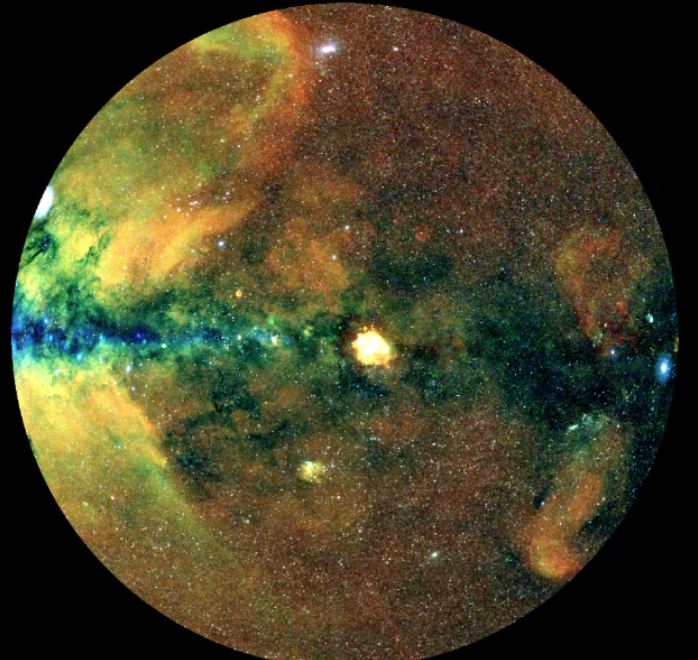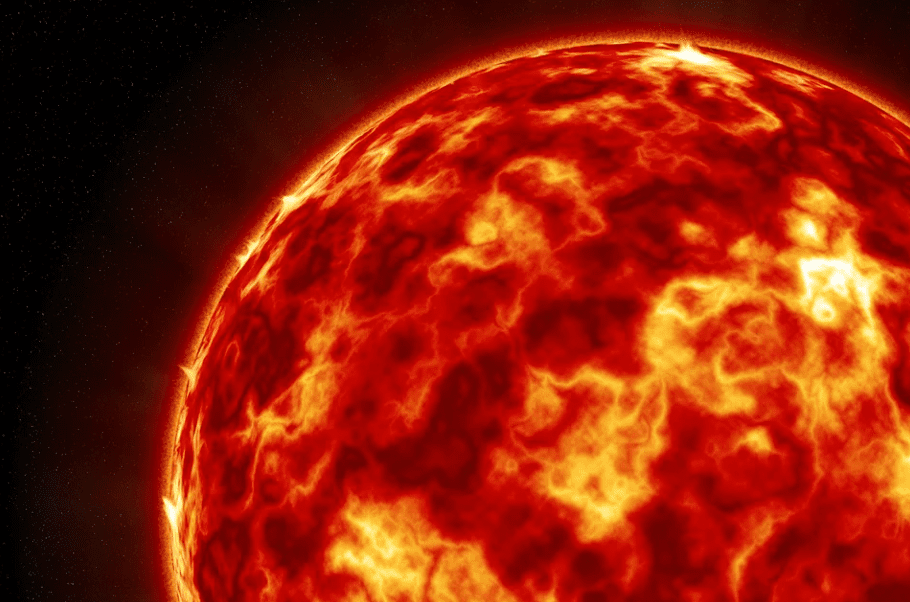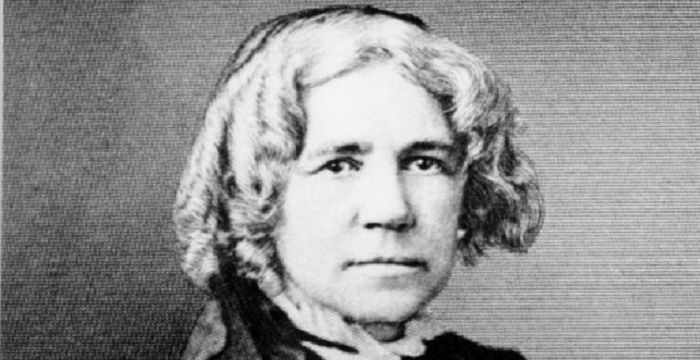On January 31, astronomers revealed “the largest and most detailed X-ray map of the universe ever created.” The dataset encompasses an X-ray perspective of half the sky above Earth, capturing nearly a million high-energy cosmic sources, including over 700,000 supermassive black holes.
A German-based research organization reported that “The first eRosita All-Sky Survey Catalogue (eRASS1) is the largest collection of X-ray sources ever published, with around 900,000 individual sources.”
This groundbreaking sky-survey data was gathered by the eRosita X-ray imaging telescope, situated aboard the Spectrum-RG (SRG) satellite. Known as the “eROSITA All-Sky Survey Catalogue (eRASS1),” this catalog is part of the first data release (DR1) of the SRG/eROSITA all-sky survey.
The findings, published in the journal Astronomy & Astrophysics, showcase catalogues that contribute to the understanding of X-ray celestial objects, marking a significant milestone in X-ray astronomy.

The eROSITA telescope commenced its sky survey in December 2019, with the objective of creating comprehensive all-sky X-ray source lists and sky maps of unprecedented depth. Over the first six months of survey operations, nearly 930,000 X-ray sources were detected, involving a record-breaking 170 million X-ray photons.
The Max Planck Society in Germany emphasized the remarkable diversity of sources, including approximately 710,000 supermassive black holes, 180,000 X-ray emitting stars in the Milky Way, 12,000 clusters of galaxies, and various exotic objects such as X-ray emitting binary stars, supernova remnants, and pulsars.
Andrea Merloni, eROSITA principal investigator, highlighted the significance of this achievement, stating, “We’ve detected more sources in 6 months than the big flagship missions XMM-Newton and Chandra have done in nearly 25 years of operation.”
The main catalogue presented in the paper represents a substantial increase in known X-ray sources in the published literature, surpassing 60%. It offers a comprehensive inventory of all classes of X-ray celestial objects, covering a wide range of physical processes in the universe.




